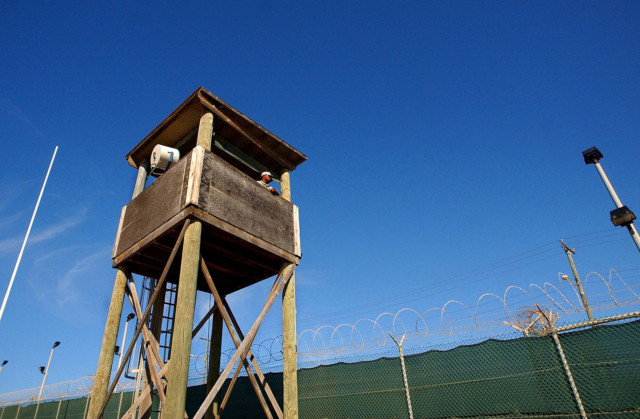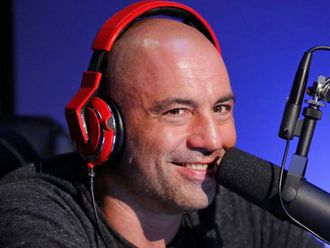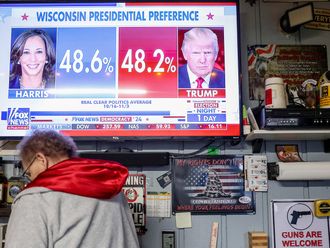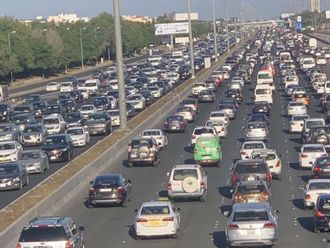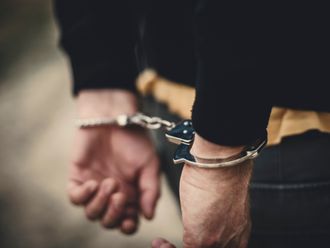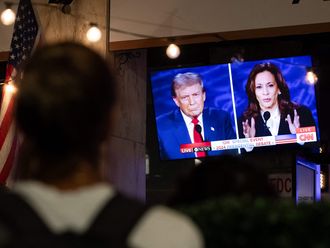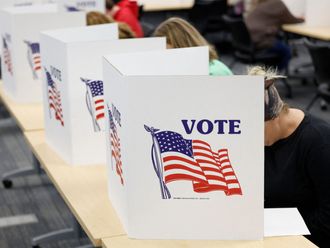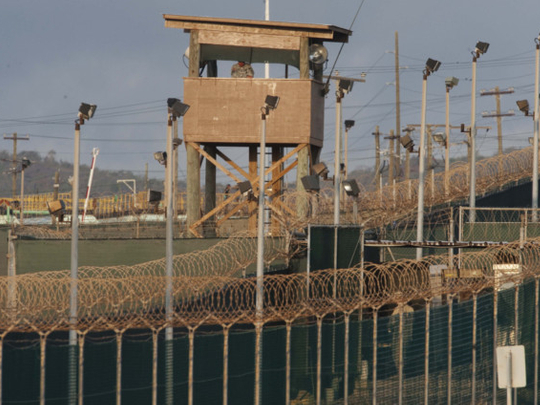
Guantanamo Bay, Cuba: Everyone knows it exists and yet officials clam up at the mere mention of Camp 7, the most secure and secretive area of the US military prison in Guantanamo Bay.
Hidden among the arid hills of the sprawling naval base on the Cuban coast, it holds about 15 so-called high value detainees — including Khalid Shaikh Mohammad, the self-proclaimed mastermind of the September 11, 2001 attacks on US soil.
“We simply just don’t discuss Camp 7,” said Brigadier General Marion Garcia, deputy commander of Joint Task Force Guantanamo (JTF-GTMO), which runs the base’s detention centres.
The area is not included in the agenda for press visits, and is not even mentioned in the press pack given to journalists.
“It’s not a secret that it’s here, but what is classified is its location and any other operation about it or who’s in there,” echoed Captain John Filostrat, a JTF-GTMO spokesman.
The three lawyers who have been there aren’t allowed to say much about what they saw. Suzanne Lachelier and Richard Federico visited in October 2008.
“The back of the van in which we were transported had no windows at all,” Lachelier recalled in an interview with AFP.
She said she couldn’t make out the overall structure of the high-security facility or the route taken to get there, noting: “They drove us around for 20 or 25 minutes to disorient us.”
“Who runs it?” asked Lachelier, a US Navy commander.
“Nothing justifies the security measures taken for Camp 7, unless there is something the government wants to hide.”
More recently, on August 15 last year, Jay Connell saw his client — 9/11 defendant Ali Abd Al Aziz Ali, who is Mohammad’s Pakistani nephew — at Camp 7.
Again, it was impossible to get the slightest clue about its whereabouts since the minibus that took him there had blacked-out windows.
As for the camp itself, “everything is designed as solitary confinement cells,” he told AFP, recalling his 12-hour visit made possible by an order from a military judge.
The inmates “eat inside the cells, there’s no communal living — I’ve never seen such an isolating facility,” he added.
Scarce information gleaned from various sources shows that those incarcerated at Camp 7 are detainees deemed “high value” due to the intelligence they are believed to be able to provide, or have already provided during harsh interrogations in secret CIA prisons considered by many as torture.
Among them is Mohammad, who was subjected to 183 instances of waterboarding before being transferred to Guantanamo.
Another is Ramzi Binalshibh, a Yemeni and suspected 9/11 co-conspirator who recently complained to a military judge that prison guards were intentionally making noise at night to deprive him of sleep.
Yet another is Ali, who is believed to have served as the basis for a character in the movie “Zero Dark Thirty” due to the mistreatment he allegedly suffered.
Also held is Saudi citizen Abd Rahim Al Nashiri, charged with masterminding the MV Limburg attack and the 2000 attack against the USS Cole in Yemen.
And then there’s Abu Zubaydah, who is suspected of having been Osama bin Laden’s right-hand man.
Given the history of those incarcerated at Camp 7, “there is every reason to believe that it’s run by the CIA” and not by JTF-GTMO, said a source familiar with the prison who spoke on condition of anonymity.
Garcia said trips to Camp 7 “are actually organised through someone else — we simply do as we’re instructed to do.”
“It’s really not all that mysterious — all I can tell you is that it’s a very well-run facility and I’m proud of what we’re doing there,” she added.
But John Kelly, head of the US Southern Command that oversees Guantanamo, testified in Congress that Camp 7 should be replaced because it was “increasingly unsustainable due to drainage and foundation issues.”
“The expeditionary infrastructure put in place was intended to be temporary,” Kelly told lawmakers.



